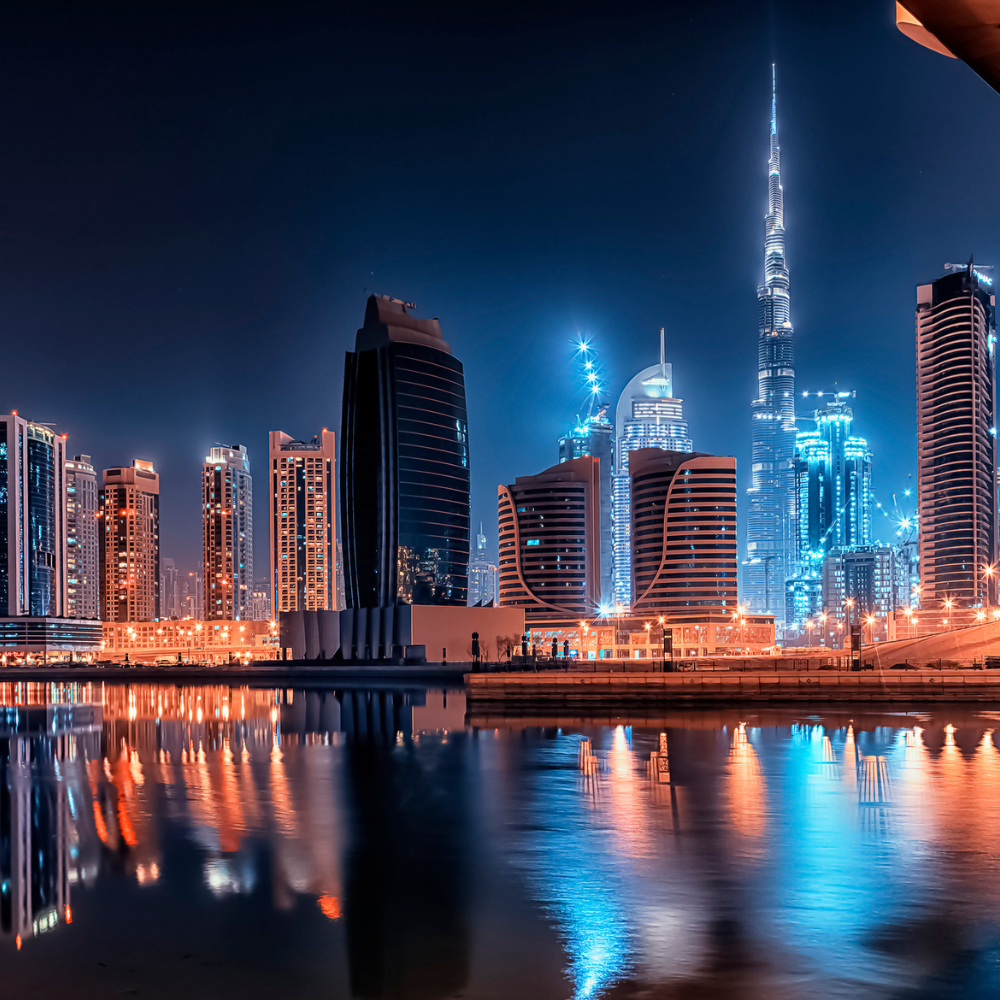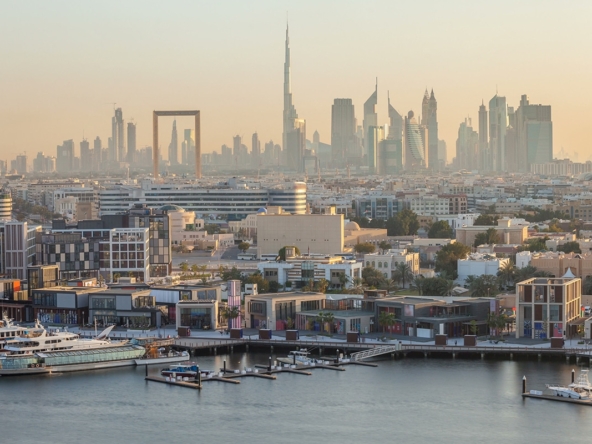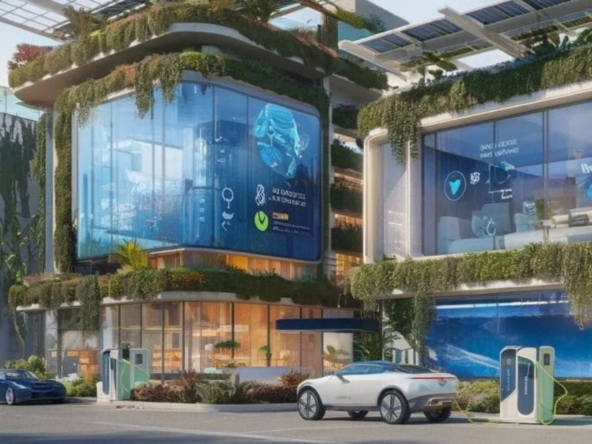The Impact of UAE Real Estate Prices on Travel Trends
The influence of UAE real estate prices on travel trends is becoming increasingly evident. Although once challenging to foresee, the connection between the two sectors now plays a vital role in shaping regional tourism dynamics. From spurring property investments to enhancing the way tourists experience destinations, rising real estate prices are making a significant impact. In recent years, areas heavily reliant on tourism have demonstrated remarkable market stability, further bolstering this relationship.
This stability has encouraged investors to capitalize on the growing demand for vacation homes, naturally driving property prices upward. Prime locations near iconic attractions like the Dubai Mall and Yas Island have become highly desirable for those seeking to combine real estate investment with tourism and hospitality ventures. Moreover, government initiatives aimed at boosting tourism and improving infrastructure have fueled the upward trajectory of property values in high-demand areas.
This interplay between real estate and tourism benefits not only investors but also transforms how visitors experience the UAE, marking an exciting phase of growth for the region’s dynamic economy.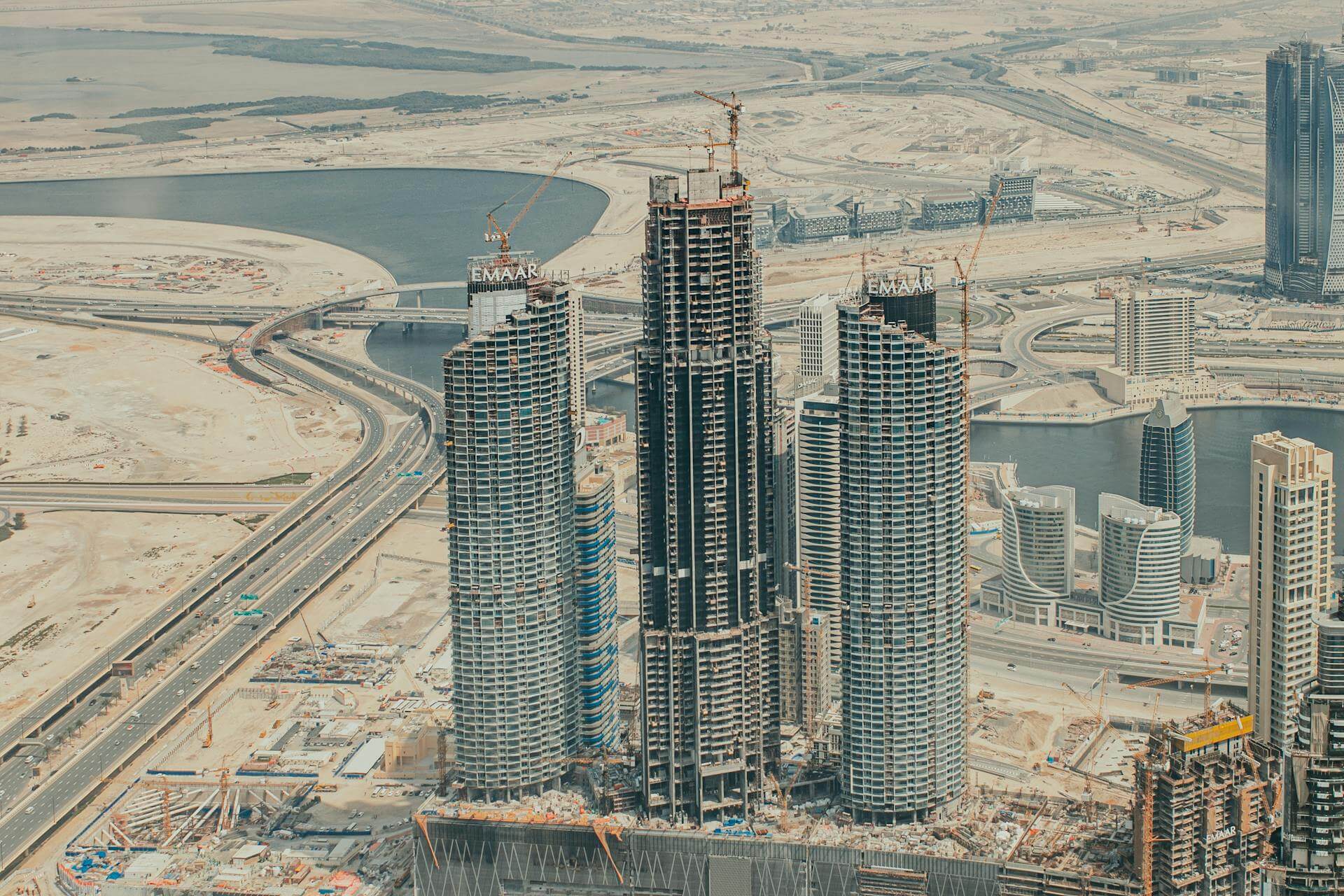
Real Estate and Tourism: A Thriving Connection
The relationship between real estate and tourism in the UAE is a testament to the country’s flourishing economy. Tourism-driven areas, in particular, have seen a resilient real estate market in recent years. Landmarks like the Burj Khalifa, Dubai Marina, and Sheikh Zayed Grand Mosque attract millions of visitors annually, creating a ripple effect that drives up property values in these high-traffic zones. This growth is fueled by demand for vacation rentals, luxury homes, and commercial spaces near these popular spots. As tourism flourishes, the real estate market thrives, creating a positive cycle that strengthens the UAE’s position as a global hub for business and leisure.
The UAE’s strategic location as a bridge between East and West adds to its appeal for tourists and property investors. Events like Expo 2024 have generated buzz, prompting real estate investments near major landmarks in anticipation of a surge in visitors. As demand intensifies, prices rise, offering lucrative opportunities for investors.
The expansion of luxury resorts and hospitality services further supports the market. Developers are catering to both tourists and investors by creating properties with high-end amenities, ensuring the UAE remains a leader in luxury tourism. Additionally, the growing trend toward eco-friendly travel and sustainable building practices adds a new layer to property values, as environmentally conscious buyers seek homes aligned with their values.
This synergy between real estate and tourism is reshaping the UAE’s economic landscape, positioning it as a top destination for both travelers and investors.
Economic Ripple Effects of Real Estate Growth
Vacation homes are increasingly popular among travelers, driving real estate demand in Dubai and Abu Dhabi. This trend boosts the property market while delivering broader economic benefits. As international buyers invest in properties within vibrant tourist hubs, property prices rise, creating opportunities for rental income. This influx stimulates job creation in sectors like real estate development, property management, and hospitality.
Simultaneously, rising real estate prices are influencing the tourism sector. Higher accommodation costs may lead travelers to explore more budget-friendly options outside premium locations. This highlights the interconnectedness of real estate and tourism, emphasizing the need for strategic planning to balance these dynamics and sustain economic growth.
The interplay between these sectors underscores their mutual influence on the UAE’s economic trajectory. Adapting to these shifts is key to maintaining the country’s global appeal.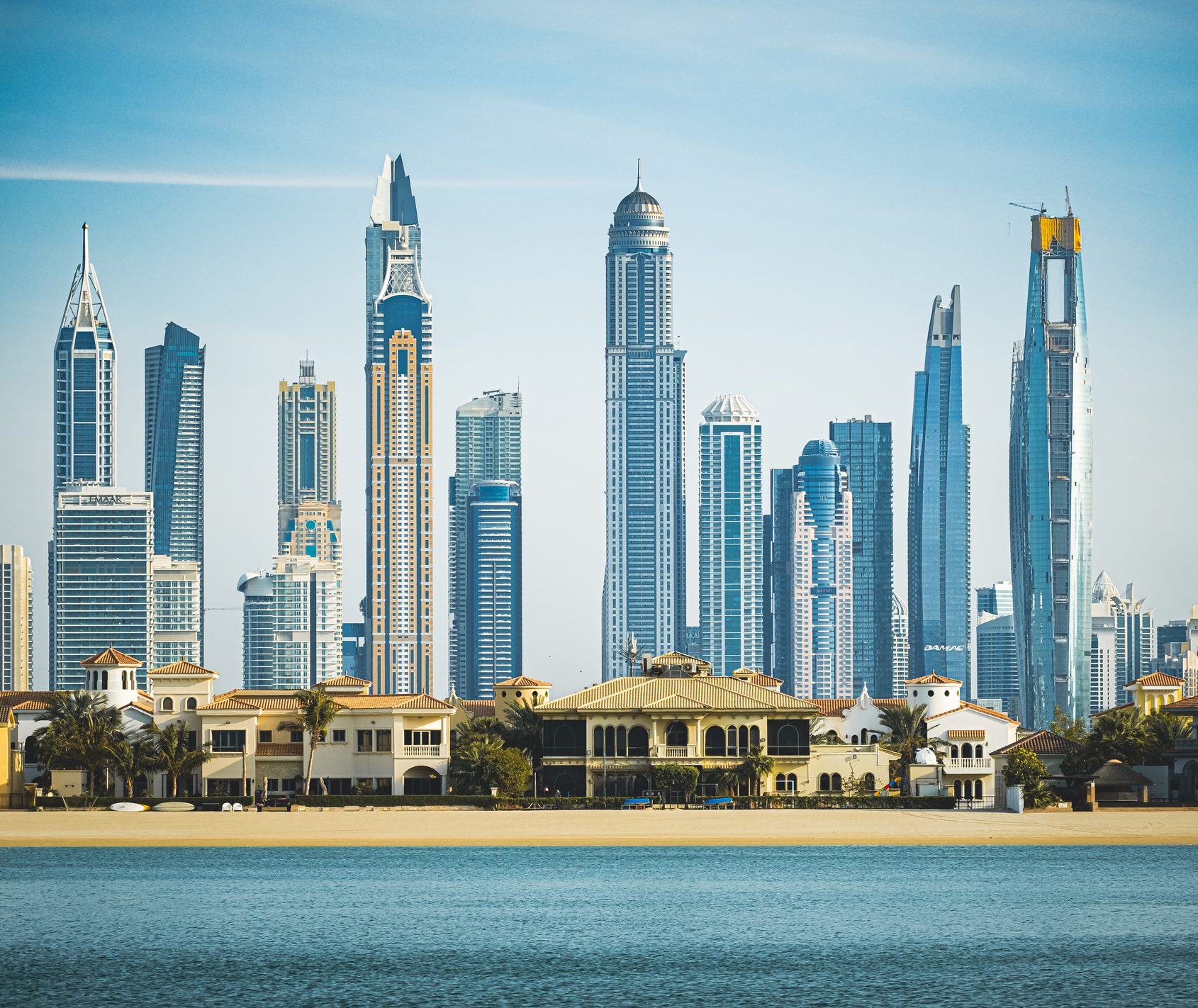
Key Trends Shaping the UAE Real Estate Market
Tourism’s rapid growth in the UAE significantly impacts the real estate sector, creating a strong synergy between these industries. Investors increasingly focus on properties near top attractions like Dubai Mall and Yas Island, drawn by high rental yields and capital appreciation. As demand surges, luxury amenities and premium services are becoming essential for attracting high-end tourists.
Developers are responding by launching new luxury residential projects in tourist hotspots. With government investments in infrastructure, such as upgraded airports and transit systems, these areas are becoming even more desirable. Regulatory reforms have also simplified foreign property investments, broadening the buyer base and accelerating market growth.
These trends point to a promising future where tourism and real estate continue to support each other, solidifying the UAE’s status as a global destination.
Navigating the Costs of UAE Tourism Growth
As tourism flourishes, rising property prices are an inevitable outcome. The UAE’s attractions, including luxury resorts, theme parks, and cultural landmarks, draw more visitors each year, driving demand for vacation homes and upscale properties. For investors, this represents an unparalleled opportunity. However, balancing rapid growth with affordability remains a challenge for the tourism and hospitality sectors.
Enhanced infrastructure, including expanded airports and improved transport networks, has made the UAE more accessible, boosting the desirability of properties near key attractions. While this benefits the real estate sector, rising costs could encourage travelers to seek more affordable options, potentially altering the tourism landscape. Stakeholders must address these challenges to ensure sustainable growth.
Striking this balance will be critical as the UAE continues to position itself as a premier global destination for both tourism and real estate investments.
Conclusion
The UAE’s thriving real estate market is intricately linked to its development as a global tourism hub. Properties near iconic attractions like Dubai Mall and Yas Island offer lucrative opportunities, capitalizing on the country’s appeal to visitors and investors. Government-led infrastructure projects and initiatives further drive property values, reinforcing the UAE’s status as a real estate hotspot. This interconnected growth of tourism and real estate promises a bright future, keeping the UAE at the forefront of global destinations.

